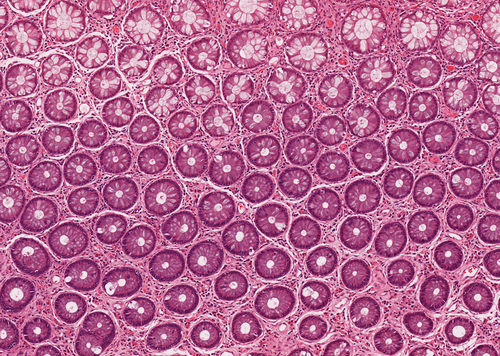Researchers develop new method to 3D print living tissues
IANS Aug 17, 2017
In a step towards helping repair damaged body parts, scientists in Britain have developed a new method to 3D-print laboratory-grown cells to form living structures.

In the study published in the journal Scientific Reports, the researchers demonstrated how a range of human and animal cells can be printed into high-resolution tissue constructs.The approach could revolutionise regenerative medicine, enabling the production of complex tissues and cartilage that would potentially support, repair or augment diseased and damaged areas of the body."The ability to 3D print with adult stem cells and still have them differentiate was remarkable, and really shows the potential of this new methodology to impact regenerative medicine globally," said Adam Perriman from the University of Bristol.
Interest in 3D printing living tissues has grown in recent years, but, developing an effective way to use the technology has been difficult, particularly since accurately controlling the position of cells in 3D is hard to do. They often move within printed structures and the soft scaffolding printed to support the cells can collapse on itself. As a result, it remains a challenge to print high-resolution living tissues.But, led by Professor Hagan Bayley of the University of Oxford, the team devised a way to produce tissues in self-contained cells that support the structures to keep their shape.The cells were contained within protective nanolitre droplets wrapped in a lipid coating that could be assembled, layer-by-layer, into living structures. Producing printed tissues in this way improves the survival rate of the individual cells, and allowed the team to improve on current techniques by building each tissue one drop at a time to a more favourable resolution.
To be useful, artificial tissues need to be able to mimic the behaviours and functions of the human body. The method enables the fabrication of patterned cellular constructs, which, once fully grown, mimic or potentially enhance natural tissues, the researchers said."We were aiming to fabricate three-dimensional living tissues that could display the basic behaviours and physiology found in natural organisms," lead author Alexander Graham from Oxford Synthetic Biology said."To date, there are limited examples of printed tissues, which have the complex cellular architecture of native tissues. Hence, we focused on designing a high-resolution cell printing platform, from relatively inexpensive components, that could be used to reproducibly produce artificial tissues with appropriate complexity from a range of cells including stem cells," Graham added.
-
Exclusive Write-ups & Webinars by KOLs
-
Daily Quiz by specialty
-
Paid Market Research Surveys
-
Case discussions, News & Journals' summaries